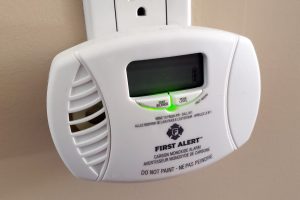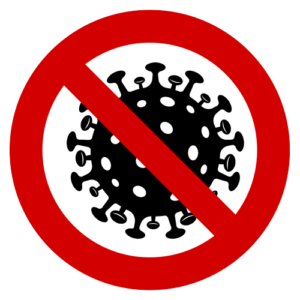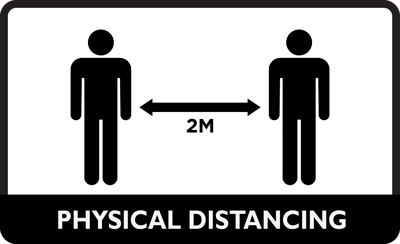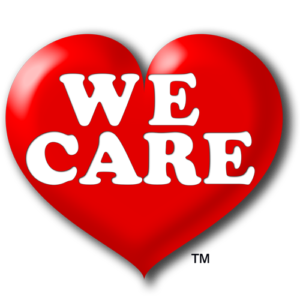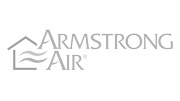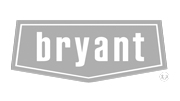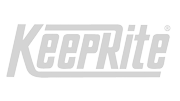Overview
Employers and contractors have obligations to protect workers from hazards in the workplace as set out in the Occupational Health and Safety Act (OHSA) and its regulations and the directives coming from the Chief Medical Officer of Health.
Workers should raise any concerns to their:
- supervisor
- health and safety representative
This will help ensure the employer has taken all reasonable precautions.
Ontario is currently in the midst of a global pandemic. While the COVID-19 situation is changing rapidly, the legislation and regulations used to govern Ontario’s workplaces are not.
Under Ontario law, employers have the duty to keep workers and work sites safe and free of hazards. Workers have the right to refuse unsafe work. If health and safety concerns are not resolved internally, a worker can seek enforcement by filing a complaint with the ministry’s Health and Safety Contact Centre at 1-877-202-0008. Failure of the employer or constructor to comply with the OHSA and its regulations could result in a stop-work order upon inspection by the Ministry of Labour, Training and Skills Development.
Best Practices
A new type of virus, abbreviated COVID-19, is causing an outbreak of respiratory (lung) disease. The severity of this illness can vary from person to person. There are steps you can take to prevent the spread of infection. This document provides information to help you prevent the spread while at your workplace during the COVID-19 pandemic.
Recognize and Assess
COVID-19 can cause a range of symptoms including fever, cough, sore throat and shortness of breath. These symptoms can appear in as little as a few days, or as long as 14 days after being exposed to the virus. For some people, the symptoms are like having a cold; for others they are quite severe or even life-threatening. To prevent the spread of the virus, check with your healthcare provider and follow instructions about staying home or away from public spaces.
The COVID-19 virus spreads through coughing or sneezing, close contact with an infected person, or touching an infected surface and then your mouth, nose, or eyes.
Keeping safe involves understanding how people could come into contact with COVID-19 as they perform their jobs, and taking steps to minimize contact.
People working as office administrators, secretaries, sales associates, customer service representatives and maintenance staff are just some of those in the commercial industrial sector who need to consider how they can work safely and prevent the spread.
Controls
Train people on how to keep surfaces, tools, devices and equipment clean.
Limit the number of people working in one space so that they can distance themselves (at least two metres apart) from each other.
Have all employees and visitors wash their hands thoroughly before entering the facility, after contact with others, or with surfaces others have touched. Be sure to include handwashing before breaks and at shift changes. Be sure to keep an adequate supply of soap, paper towels, hand sanitizer etc. Also staff should be encouraged to cough into sleeve / elbow / tissue and tissue discard immediately.
Reschedule any unnecessary visits to the workplace by supply chain partners, vendors, service technicians or others who don’t need to be there now.
Where possible, stop meeting face to face. If you must meet, maintain a physical distance of at least two metres.
Screen workers regularly for health issues. If anyone develop symptoms of COVID-19, implement procedures for reporting the illness and keeping the worker away from others. For further guidance on screening procedures, consult the Ministry of Health
Clean the workplace thoroughly and frequently, especially frequently touched surfaces.
As a last resort, consider Personal Protective Equipment (PPE), which is only effective if people wear it correctly. Ensure PPE training includes the fit, use, care, putting on and taking off, maintenance, cleaning, safe disposal and limitations of the PPE. Disposable gloves are one example of PPE that can help limit contact with surfaces that may be contaminated. Be sure you have practices in place for safe disposal of gloves and when employees need to use a new pair, for example if they are torn or dirty. It’s also important to consider other hazards that may be present in the workplace before introducing gloves – in some cases, gloves can be an ‘entanglement’ hazard and should not be worn.
COVID-19 has presented challenges workplaces have never encountered before. Keep in mind that any adjustments made today may need readjusting tomorrow. Look at preventative measures on an ongoing basis, and adjust them if they are not working well enough or causing other issues. For example, are people doing what they’ve been asked to do? If not, what is preventing them from doing so? Can you make adjustments and improve?
For anyone who thinks they may have been exposed to or are experiencing symptoms of COVID-19, please start by visiting the Ministry of Health and Long-Term Care website and taking a https://covid-19.ontario.ca/self-assessment/ . Please do not visit a COVID-19 assessment centre unless you have symptoms. Do not call 911 unless it is an emergency.
For additional information, refer to Health Canada’s website on COVID-19 https://www.canada.ca/en/public-health/services/diseases/2019-novel-coronavirus-infection/being-prepared.html
Resources
Stay updated with daily government updates on COVID-19:
Government of Ontario
Government of Canada
Public Health Ontario
